BIOS
We have to admit, from past experience we didn't much from an MSI BIOS on board like this, but we were pleasantly surprised. The BIOS is as comprehensive as those from more expensive boards, featuring the same BIOS profile and M-Flash update utilities that are both very useful, as well as MSI's Memory-Z and CPU Spec F-button additions if needed.The Cell Menu is fully featured and largely intuitive to use where actual real-time changes to the clock speeds can be seen as the multiplier and HT clocks are adjusted. These are really needed for AMD systems as adjusting the HT clock changes not only the CPU directly, but CPU-NB, memory and HT clock as well - all of which need to be counter adjusted as the CPU is overclocked.
The voltage coverage is very good and we have no complaints about the level of voltage adjustment finesse. Obviously don't consider the board if you're extreme cooling, or even watercooling, but given the cost of both versus the board it makes no sense in a balanced system. For air cooling the voltage options are more than adequate and enough to push our AMD processors hard.
While the memory options are AMD specific because they are CPU controlled, it was most surprising the amount of adjustments MSI has enabled access for. Not only do you have the usual extended timings, but also more elaborate memory options such as drive strengths. If you're into spending a lot of time optimising your AMD memory bandwidth, this is certainly an avenue to investigate, although admittedly beyond what most people will ever use.
The MSI has the advantage over 785G boards in these areas but still lacks a very crucial feature: core unlocking. The board features ACC support and the SB710 southbridge so the facility is there to be taken advantage of. Hopefully a future BIOS update will enable it but don't hold your breath because no MSI board to date currently supports this.
Testing Methods
With the exception of SiSoft Sandra and Lavalys Everest, all of our benchmarks have been engineered to give you numbers that you are likely to find useful when actually using the products we have evaluated in the real world.We are also focusing a lot more of our time on evaluating the stability of the motherboards (and platforms) using a stress test designed to highlight any of the potential weaknesses that the product may have. That involves a gradually increasing amount of stress starting with Prime95 torture test on all cores and expanding to a looping 3DMark06. This is to ensure that all parts of the system are stressed simultaneously over a period of time.
We believe that the consumer is never likely to subject their platform to this level of stress and we are not expecting every product to complete an entire extended stress test. However, most poorly engineered products fail within the first couple of hours, or even minutes, allowing us to make a conscious decision on whether a motherboard (or platform) is worth your money, regardless of how well it performs in our benchmarks.

Test Setup:
Motherboards:
- MSI 770-C45 (AMD 770X/SB710 1.3 BIOS)
- Asus M4A785TD-V Evo (AMD 785G/SB710 0211 BIOS)
Common Components:
- AMD Phenom II X3 720 Black Edition (3x2.8GHz)
- 4GB Corsair XMS3 PC12800 CL9
- Asus Radeon HD 4350 and Zotac GeForce GTX 260 AMP! for gaming tests
- PC Power and Cooling Silencer 750W PSU
- Seagate 7200.11 1TB SATA hard drive
- Windows Vista Home Premium 64-bit SP1
- ATI Catalyst 9.7 WHQL
Overclocked Settings
- MSI 770-C45 (AMD 770X/SB710): 3x3.5GHz (15.5 x 225MHz HT), 2.2GHz NB, 1,500MHz DDR3 at 8-8-8-24-1T,
- Asus M4A785TD-V Evo (AMD 785G/SB710): 3x3.5GHz (15.5 x 225MHz HT), 2.25GHz NB, 1,525MHz DDR3 at 8-8-8-24-1T.

MSI MPG Velox 100R Chassis Review
October 14 2021 | 15:04


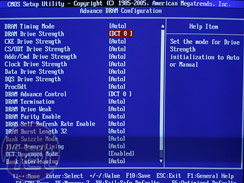

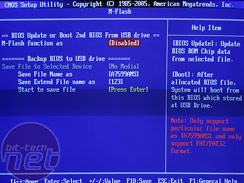
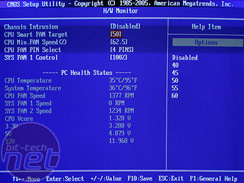
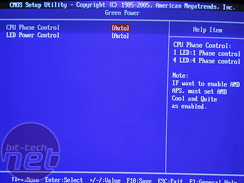
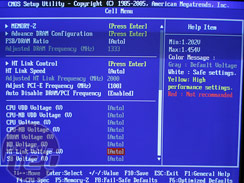







Want to comment? Please log in.